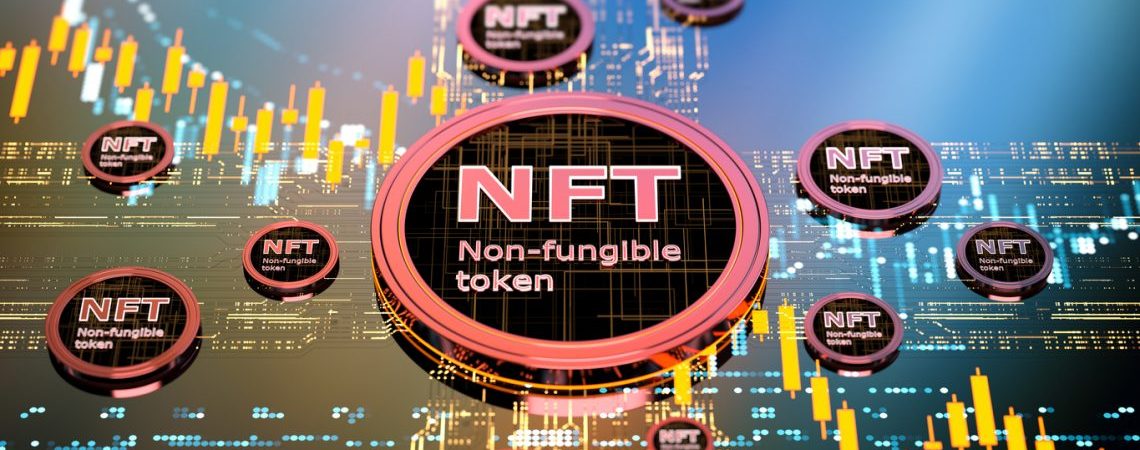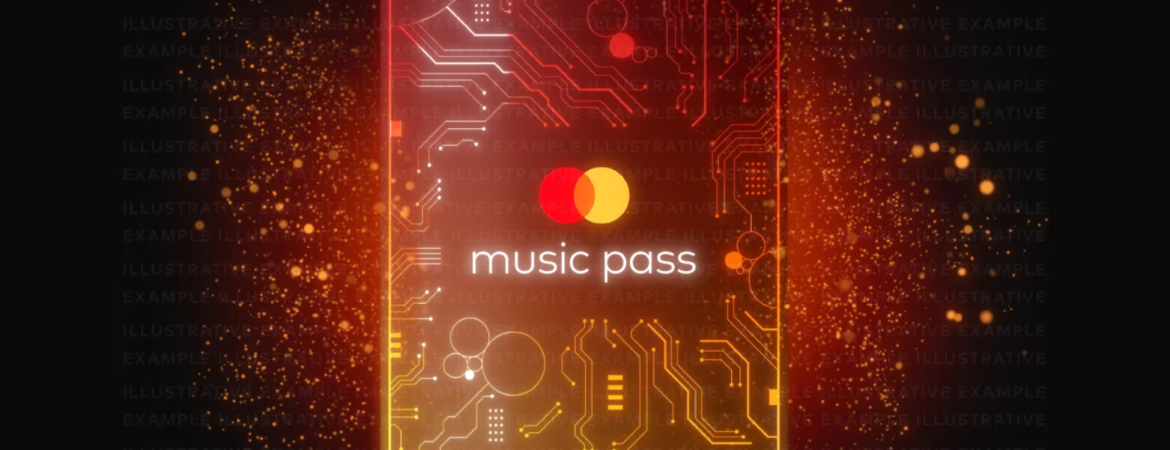Investing in NFTs: Understanding Rewards and Risks
As digital assets gain traction as a viable means of wealth creation, NFTs have become increasingly popular among investors, speculators, and collectors. In this article, we will guide you through the basics of NFTs, the investment process, and the crucial factors to consider before diving into this dynamic market. Let’s explore the world of NFT investments together. The Basics of NFTs and Smart Contracts NFTs, short for non-fungible tokens, are digital assets that leverage blockchain technology to create unique characteristics that cannot be altered. At the heart of NFTs are smart contracts, which enable the creation, ownership, and transferability of these digital assets. Smart contracts, operating on the blockchain, are transparent, tamper-proof, and include codes that outline ownership, transferability, royalties, and other terms and conditions. Each NFT is assigned a unique identification number during creation, securely stored on the blockchain. How NFT Investments Work Investing in NFTs begins with finding the right ones to buy. Online marketplaces like OpenSea, Rarible, and Nifty Gateway offer a diverse range of NFTs, ranging from inexpensive items to priceless assets. Before making a purchase, conducting thorough research is essential. Factors such as the NFT’s originator, rarity, and current demand for similar NFTs should be considered to assess its potential worth. NFTs are typically traded using cryptocurrencies such as Ethereum and Bitcoin. To engage in NFT investments, investors need to set up a digital wallet capable of storing cryptocurrency and connecting to the chosen marketplace. Once an NFT is purchased, investors can monitor market trends to gauge its value. If the market fluctuates or shows no growth, investors have the option to sell the NFT and potentially make a profit. Risks Involved in NFT Investments While NFT investments offer exciting prospects, it is crucial to be aware of the potential risks involved. Understanding and managing these risks is key to making informed investment decisions. Let’s explore the primary risks associated with NFT investments: Successful Adoption of NFTs in the Middle East: One region that has embraced NFTs and shown remarkable adoption is the Middle East. Entrepreneurs, investors, and influencers in the region are increasingly turning their attention





